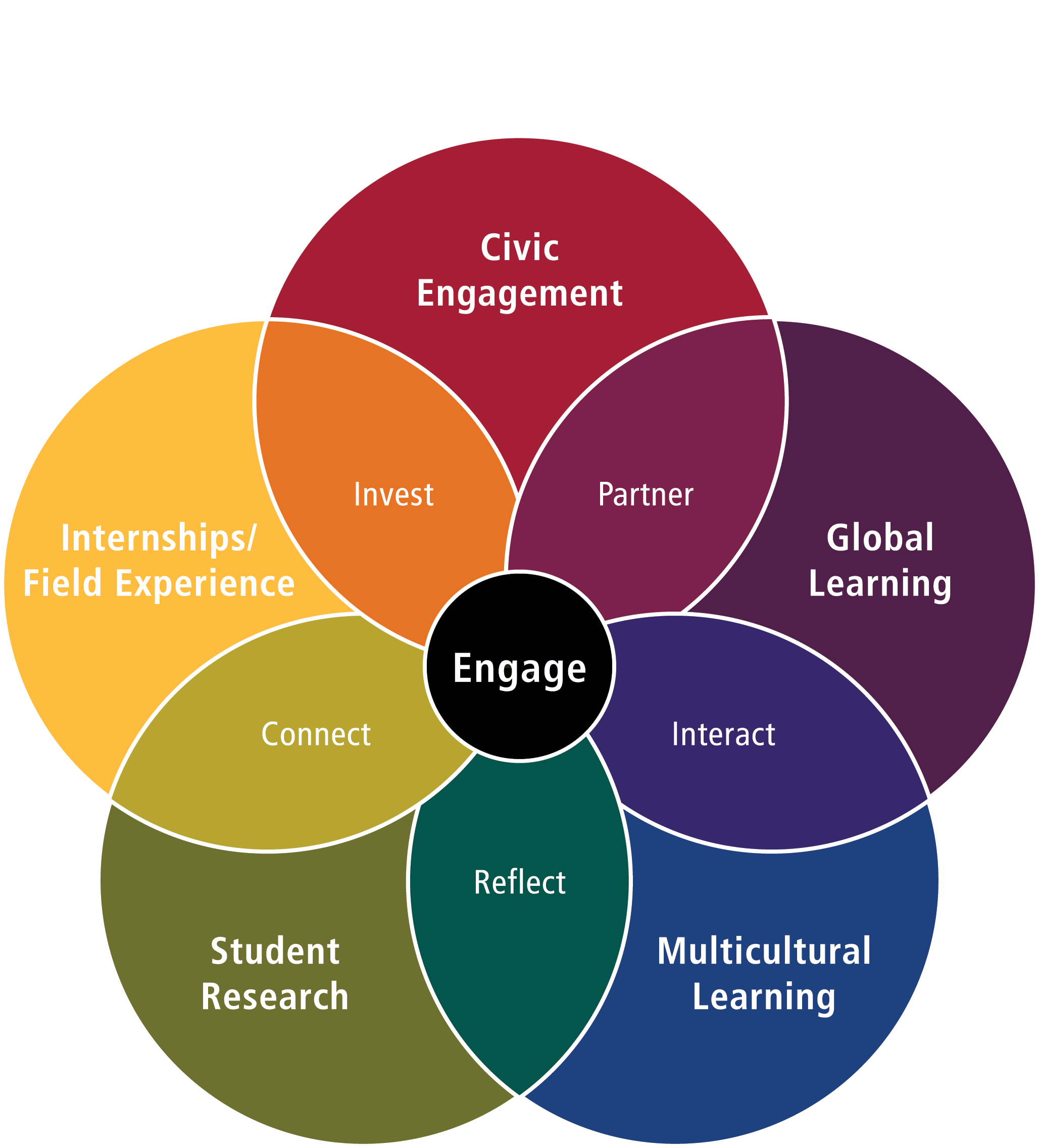Creating engaging content is essential for capturing your audience’s attention. One effective way to enhance your visuals is by using PNG files, which offer clear images with transparent backgrounds. PNGEgg is a great resource for finding an extensive collection of PNG images that can elevate your content. In this guide, we’ll explore the advantages of PNG files and how to make the most of PNGEgg for accessing quality images.
Understanding PNG Files and Their Advantages

PNG (Portable Network Graphics) files are a popular image format known for their lossless compression, which retains image quality without sacrificing detail. Here are some key advantages of using PNG files:
- Transparency Support: Unlike JPEGs, PNG files can have transparent backgrounds, allowing for versatile use in overlays and designs without unsightly borders.
- High Quality: PNG images maintain high resolution and sharpness, making them ideal for graphics where clarity is essential.
- Color Depth: PNG files support a wide range of colors, accommodating high-quality graphics, including images with intricate details.
- Widespread Compatibility: Supported across various platforms and devices, PNG files ensure consistent quality, regardless of where they are viewed.
These benefits make PNG files a preferred choice for creating engaging visual content, particularly in web design, marketing materials, and presentations. When integrating PNG files into your projects, consider how their unique properties can enhance the viewer’s experience.
Exploring PNGEgg as a Resource for PNG Files
PNGEgg is an online platform that offers a vast library of PNG files suitable for various creative projects. Here’s why PNGEgg stands out:
- Diverse Collection: PNGEgg provides an extensive range of PNG images, from icons to illustrations, catering to different themes and styles.
- User-Friendly Interface: The website is easy to navigate, allowing users to search for specific images or browse through categories effortlessly.
- Free Downloads: Most PNG files on PNGEgg can be downloaded for free, making it accessible for creators on a budget.
- Quality Assurance: The platform ensures that the PNG files are high quality, so designers can rely on them for professional use.
Overall, PNGEgg is an invaluable tool for anyone looking to enhance their content with high-quality PNG images, making the process of integrating visually appealing elements into various projects seamless and affordable.
How to Download PNG Files from PNGEgg
Downloading PNG files from PNGEgg is a breeze, and it’s a fantastic resource for finding high-quality images for your projects. Here’s a simple step-by-step guide to help you snag those perfect visuals:
- Visit PNGEgg: Head over to the PNGEgg website. You can easily find it by searching for “PNGEgg” in your browser.
- Search for Your Image: Use the search bar at the top of the page to type in keywords related to the images you need. Whether you’re looking for icons, illustrations, or simply a colorful background, PNGEgg has you covered.
- Choose the Right Image: Browse through the results and click on the image that catches your eye. This will take you to the image detail page where you can see a larger view of the file.
- Download the PNG: Look for the download button, typically highlighted in a bright color. Click it, and the image will start downloading instantly. In some cases, you might get options for different sizes or resolutions, so pick what suits your project best.
And that’s it! With just a few clicks, you have a stunning PNG file ready to enhance your content.
Tips for Integrating PNG Files into Your Content
Integrating PNG files into your content can make a world of difference in engagement. Here are some effective tips to ensure those images shine:
- Optimize for Size: Large images can slow down your website. Use image optimization tools to compress your PNG files without sacrificing quality. This helps maintain speed while keeping your visuals crisp.
- Use Transparent Backgrounds: One of the best features of PNG files is their ability to have transparent backgrounds. Use this to your advantage by layering images over other graphics or colors for a cleaner look.
- Be Consistent: Stick to a cohesive style with your PNG images. Whether it’s a certain color palette, illustration style, or theme, consistency will enhance your brand’s identity and make your content more aesthetically pleasing.
- Incorporate in Infographics: PNGs are perfect for creating infographics. Use them as icons, charts, or decorative elements to illustrate your points and make data more digestible.
- Test Different Layouts: Don’t hesitate to experiment! Test different placements and arrangements of your PNG images within your articles or social media posts to see what resonates best with your audience.
By following these tips, you’ll be well on your way to creating captivating content that keeps your audience coming back for more!
Enhancing Visual Appeal with PNG Images
When it comes to creating content that captivates your audience, the visual aspect is crucial. PNG images, particularly those sourced from sites like PNGEgg, can significantly enhance the visual appeal of your blog. Here’s how:
- High Quality and Scalability: PNG files are known for their excellent quality, which remains intact even when resized. This means you can make your images larger or smaller without losing any detail!
- Transparency Feature: One of the standout features of PNG images is their ability to support transparency. This allows you to seamlessly integrate images into your blog’s background or other visuals, making them look more professional.
- Color Depth: PNG files support a variety of color depths, facilitating the use of vibrant and diverse colors that can match your blog’s theme and attract attention.
To truly enhance your blog’s visual appeal, consider these tips:
- Choose the Right Images: Make sure the images you select align with your content. An image should complement your text.
- Use Graphics Wisely: Incorporate icons, charts, or infographics to break up text and add visual interest.
- Maintain Consistency: Stick to a consistent style for your images. This creates a cohesive look and feel for your blog.
- Optimize for Performance: While PNGs are high quality, remember to optimize their size for faster loading times, keeping the user experience a priority.
Incorporating PNG images effectively not only beautifies your blog but also helps communicate your message more efficiently. So go ahead, add some vibrant images from PNGEgg, and watch the engagement soar!
Best Practices for Using PNG Files in Blog Posts
Using PNG files in your blog posts can make the difference between an average post and an outstanding one. However, to maximize their impact, it’s essential to follow some best practices:
- Optimize Your Images: Before uploading, always optimize your PNG files. Use tools like TinyPNG to reduce file size without compromising quality, ensuring faster page loads.
- Use Descriptive File Names: Instead of generic names like “image1.png,” use descriptive names like “healthy-salad-recipe.png.” This not only helps with SEO but also keeps your files organized.
- Add Alt Text: Include relevant alt text for each image. This is crucial for accessibility and can also contribute to better SEO rankings.
- Balance Text and Visuals: Don’t overload posts with images. Aim for a balance where images enhance the content rather than distract from it. A good rule of thumb is to add an image every three to four paragraphs.
- Test Across Devices: Make sure your images look great on both desktop and mobile. Sometimes, images that fit perfectly on one device may not perform as well on another.
By implementing these best practices, you’ll not only elevate the quality of your blog but also create a more engaging experience for your readers. Happy blogging!
Examples of Engaging Content Using PNG Files
When it comes to creating engaging content, PNG files from PNGEgg can be a game changer! These versatile graphics can enhance your visual storytelling in a myriad of ways. Here are some examples of how to effectively use PNG images:
- Infographics: Combine text and PNG graphics to present complex information in an easily digestible format. Think charts, icons, and illustrated statistics!
- Social Media Posts: Create eye-catching posts that grab attention quickly. PNGs with transparent backgrounds can layer nicely over color backdrops, making your designs pop.
- Website Graphics: Use PNGs for website elements like buttons, banners, and logos. The clarity and transparency of PNGs ensure they look sharp on any background.
- Presentations: Incorporate PNG images into your slides to make your presentation visually appealing. Using icons and illustrations can help highlight key points and maintain audience engagement.
- Printable Materials: Design brochures, flyers, or posters using PNG images. Their high quality ensures that printed materials maintain crispness and clarity.
Engaging content is all about connecting with your audience, and the right visual elements can make your messages resonate. By leveraging PNG files creatively, you can significantly enhance your content’s appeal and effectiveness.
Tools for Editing and Customizing PNG Images
After sourcing stunning PNG images from PNGEgg, you may want to tweak them to fit your unique content needs. Luckily, there are plenty of excellent tools available today for editing and customizing PNG files. Here are some popular options:
| Tool | Features |
|---|---|
| Canva | Easy drag-and-drop interface, abundant templates, and customization options. |
| Adobe Photoshop | Advanced editing capabilities including layers, filters, and color adjustments. |
| GIMP | Free, open-source tool with powerful editing features similar to Photoshop. |
| Pixlr | Web-based editor with a user-friendly interface, effects, and overlays. |
| Snappa | Template-driven design tool, perfect for quick social media graphics. |
These tools can assist you in resizing, adding text, changing colors, and much more. Experiment with different platforms to find the one that best aligns with your creative vision! Remember, well-edited PNGs can significantly elevate your content, making it more engaging and shareable.
SEO Benefits of Using PNG Files in Your Content
When it comes to improving your website’s visibility, using the right image format can make a significant difference. PNG files are known for their high quality and versatility, but they also come with some notable SEO benefits that can help elevate your content. Here’s how incorporating PNG files can boost your SEO strategy:
- High Quality and Transparency: PNG files support a wide range of colors and can include transparency. This means your images look crisp and engaging, making users more likely to stay on your site longer.
- Fast Loading Times: While not as small as JPEGs, PNGs can still be optimized to load fairly quickly. Fast loading times are vital for SEO as search engines like Google consider page speed as a ranking factor.
- Better User Engagement: High-quality visuals naturally attract more attention. Engaging content can lead to lower bounce rates and increased dwell time, both of which signal to search engines that your content is valuable.
- Accessibility and Alt Text: Adding descriptive alt text to PNG files not only improves accessibility for visually impaired users but also helps search engines understand what the image represents, thus enhancing your SEO.
- Flexible Use Cases: PNGs are great for logos, graphics, and screenshots. Their flexibility allows you to insert them into various types of content, whether it’s blog posts, social media updates, or infographics.
By using PNG files strategically, you can enhance the visual appeal of your content while also reaping the rewards of better SEO performance. So, the next time you create a blog post or an article, consider incorporating eye-catching PNG images to not only engage your audience but also boost your search engine rankings!
Conclusion and Next Steps for Creating Engaging Content
Creating engaging content using PNG files from PNGEgg doesn’t have to be daunting. In fact, it’s an exciting opportunity to elevate your brand and draw in your audience. Here’s a quick recap of key takeaways and actionable next steps:
- Understand Your Audience: Tailor your content to your audience’s interests and preferences. Use PNG files that resonate with them and enhance your message.
- Optimize Your Images: Don’t forget to compress and optimize your PNG files before uploading them. This keeps loading times fast and keeps your website user-friendly.
- Implement SEO Best Practices: Use alt tags effectively, name your PNG files strategically, and consider how colors and visuals can impact your SEO positively.
- Experiment and Analyze: Try different image placements, styles, and types of PNGs to see what engages your audience the most. Use analytics tools to monitor performance and adjust accordingly.
- Engage with Your Community: Don’t just post content; encourage interaction. Ask questions or create polls related to your PNG visuals to foster a sense of community.
By taking these steps, you’ll be well on your way to creating content that isn’t just engaging but also optimized for success. So, go ahead and start incorporating stunning PNGs into your next content creation project. Your audience (and your analytics) will thank you!


